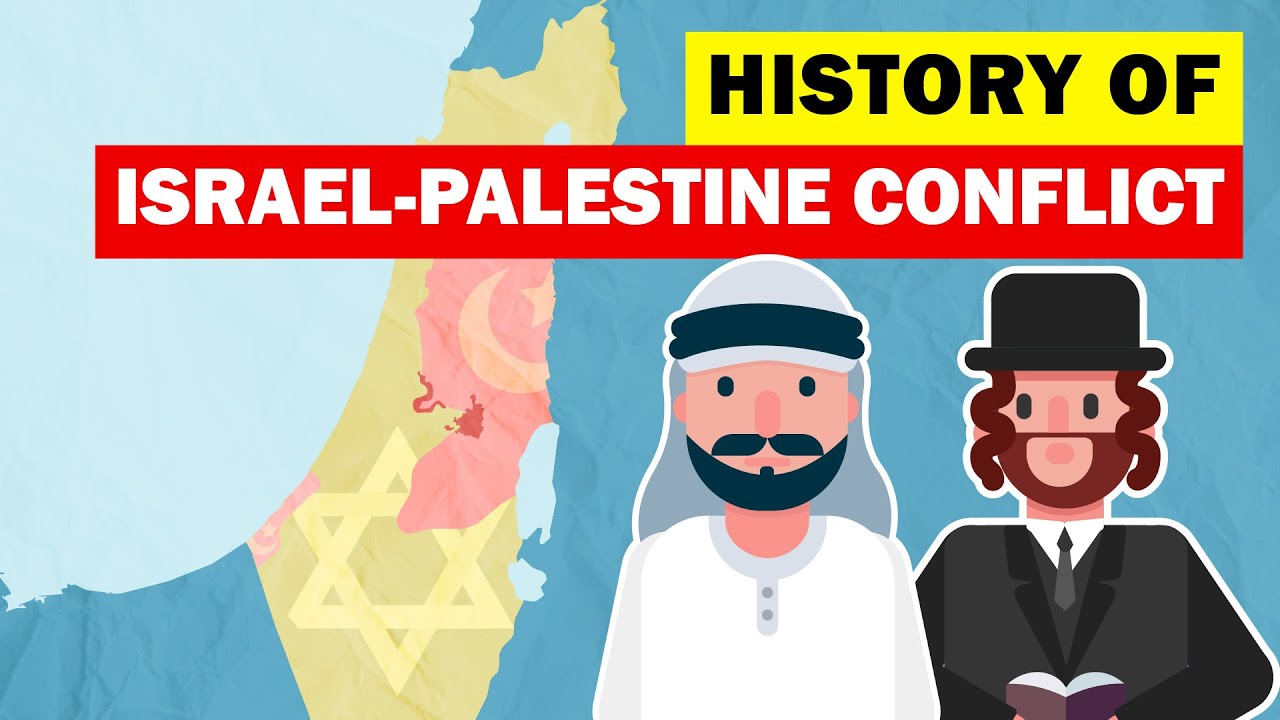History Of Israel-Palestine Conflict
Unleash Your Creative Genius with MuseMind: Your AI-Powered Content Creation Copilot. Try now! 🚀
The conflict between Israel and Palestine is a complex and long-standing issue that has roots dating back thousands of years. To truly understand the tensions between these two regions, we must delve into the early history of the Israeli-Palestinian conflict.
In the 17th centuries BC, the region now known as Israel, the West Bank, and the Gaza Strip was settled by the three patriarchs of the Jewish people - Abraham, Isaac, and Jacob. This region was then known as the Land of Israel, the Promised Land, or the Holy Land. Over time, the region became home to a majority of Jews, but it was subject to numerous conquests by various groups, leading to a decrease in the Jewish population.
The Roman Empire, in an attempt to break the Jewish connection with the land of Israel, renamed the region Palestine. During this time, Christianity, which originated as a Jewish sect, became a dominant religion. Subsequently, an Arab conquest in the 7th century led to the spread of Islam, making Jerusalem a holy city to three monotheistic religions - Judaism, Christianity, and Islam.
The region saw a series of conquests and occupations, including the rule of the Ottoman Empire, the rise of Zionism, and the involvement of the British Empire. These historical events laid the groundwork for the tensions and conflicts that continue to shape the Israel-Palestine relationship to this day.
The Birth of the Israeli State and the 1948 Arab-Israeli War
Following World War II, the United Nations proposed a plan to partition Palestine into two independent states - a Jewish state and an Arab state. However, the plan was met with resistance by the Arab population, leading to a declaration of independence by Israel and the outbreak of the 1948 Arab-Israeli War.
This war involved five Arab nations - Egypt, Jordan, Iraq, Syria, and Lebanon - who sought to establish a unified Arab Palestine. The war resulted in a ceasefire agreement, with Israel gaining control over a significant portion of historic Palestine. This marked a turning point in the conflict, leading to the displacement of hundreds of thousands of Palestinians, an event known as Al-Nakba or the Catastrophe.
The 1967 Six-Day War and Subsequent Conflicts
In 1967, the Six-Day War erupted between Israel and its neighboring Arab states, resulting in Israel's victory and the acquisition of additional territories, including the West Bank, East Jerusalem, and the Gaza Strip. The aftermath of the war led to the displacement of more Palestinians and the escalation of tensions in the region.
Subsequent events, including the First Intifada, the Oslo Accords, and the Second Intifada, further shaped the Israel-Palestine conflict, leading to ongoing disputes over territorial control, settlements, and the status of Jerusalem.
The Continuing Struggle for Peace and the Future of Israel-Palestine Relations
The conflict between Israel and Palestine has persisted for decades, marked by cycles of violence, negotiations, and attempts at peace. The involvement of militant groups, political organizations, and international actors has further complicated the path to resolution.
Despite the challenges, the quest for peace and stability in the region continues. The recent series of violent events in East Jerusalem and the subsequent ceasefire deal underscore the ongoing volatility of the Israel-Palestine conflict.
As we look to the future, the need for sustained dialogue, diplomacy, and efforts to address the root causes of the conflict remains paramount. The complexities of history, religion, and geopolitics have intertwined to create a multifaceted challenge that demands thoughtful and innovative approaches to achieve lasting peace in the region.

Related Recaps
- APCRDA Approved CRDA Gated Community Mega Venture @Gosala |Sai Pragathi
- If you think Pence is bad maybe you should hear what #PresidentT @realDonaldTrump said about Him!
- BAKIN YEŞİL PASAPORTU KİMLERE VERMİŞLER
- 지민 (Jimin) 'Like Crazy' Official MV
- How to repair corrupted RAR / ZIP file || Repair corrupted Archive files || Tech MatriX